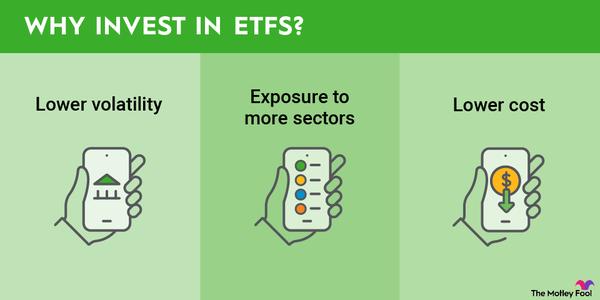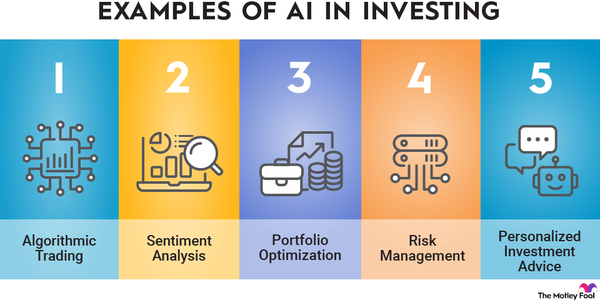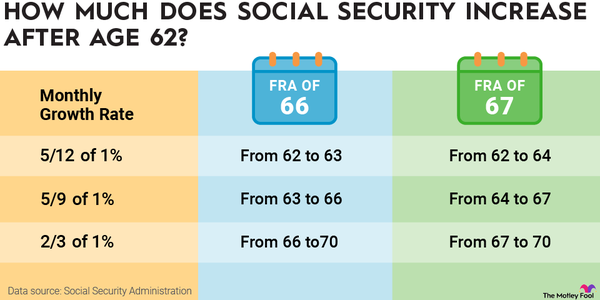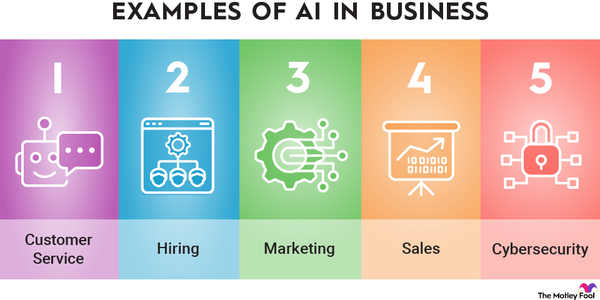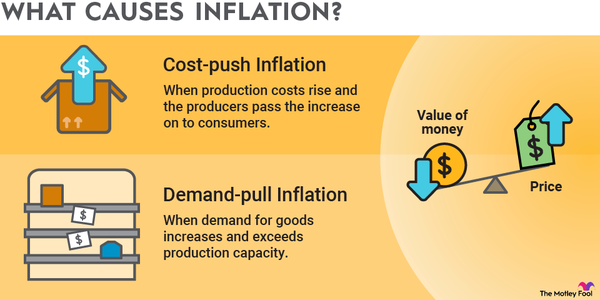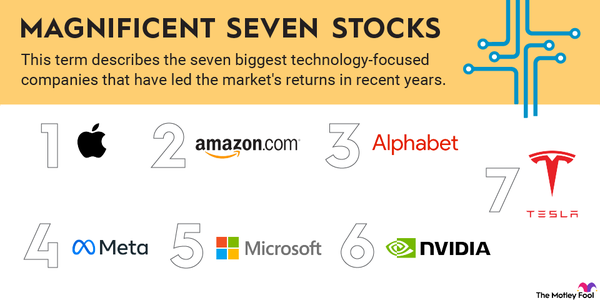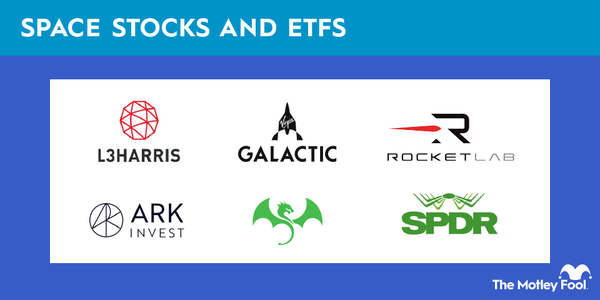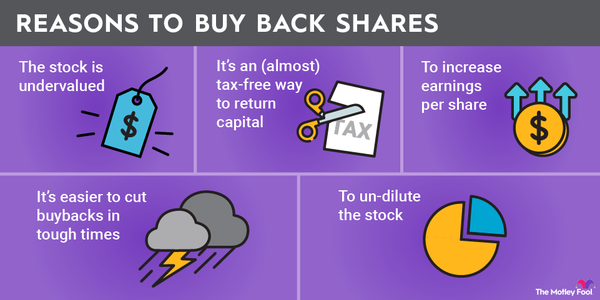Millennials and Gen Z have easier access to the stock market than any previous generation thanks to the rise of commission-free trading and user-friendly mobile investing apps. So what are they investing in, and what’s their investing style?

The Motley Fool surveyed 2,000 adult investors about the types of investments they own, which sectors of the economy they're invested in, and what factors they consider when determining whether to buy a stock.
We found that Gen Z and millennials share some commonalities with older generations when it comes to how many stocks should be in a high-performing portfolio and what factors to consider -- and ignore -- when weighing an investment.
Gen Z and millennials, however, trade more frequently than Gen X and baby boomers. The two younger generations are also much more likely to own cryptocurrency, crypto stocks, and AI stocks.
For a deeper dive into generational differences and similarities when it comes to investing preferences, styles, and habits, read on.
Key findings
Key findings
- Sector preferences: A higher percentage of millennial and Gen Z respondents are invested in AI stocks, crypto stocks, and cryptocurrency than older generations.
- Key investing factors: Potential for long-term gains is the most important factor across all generations when considering an investment.
- Active traders: Gen Z and millennial respondents trade more frequently than older investors.
Investment products by generation
Individual stocks and retirement investing accounts are the most common types of investments among Gen Z and millennials
The most common type of investment owned across all generations is individual stocks. The second-most-owned type of investment varies across generations. For Gen Z and millennial respondents, it’s crypto. For Gen X and baby boomers, it’s mutual funds.
Crypto is far less popular with Gen X and baby boomers. Just 17% of Gen X respondents and 9% of baby boomers report owning cryptocurrency compared to 26% of Gen Z and 46% of millennials. That tracks with studies done by Investopedia and Charles Schwab showing cryptocurrency is more popular among millennials than any other generation.
That makes crypto a more popular investment among Gen Z and millennial respondents than bonds, options, index funds, exchange-traded funds (ETFs), and real estate investment trusts (REITs).
Stock type preferences by generation
Gen Z and millennial investors emphasize value, growth, and large-cap stocks
The most common types of stocks owned by Gen Z and millennials -- as well as older generations -- are growth stocks, dividend stocks, and value stocks.
Large-cap stocks are less popular with Gen Z than with other generations. All respondents across generations are more likely to own small-cap stocks than large-cap stocks.
Gen Z is less likely to own blue chip stocks than other generations but more likely to own ESG stocks.
Other surveys show that younger investors are more likely to align investments with their values, even if it comes at the expense of returns.
Market sector preferences by generation
Tech stocks fade from Gen Z and millennial portfolios
Respondents across generations rebalanced their investments toward defensive industries, including energy, utilities, healthcare, and financials. That could be a reflection of respondents believing that tech stocks have become overpriced after years of strong returns. Data from Schwab on its clients' trades shows that investors shed information technology and communications stocks in January.
More about stock market sectors
Gen Z and millennial respondents are more likely to hold stocks related to AI and cryptocurrency than older generations are.
Financial stocks are held by a higher percentage of baby boomers and Gen X respondents.
Quantum computing stocks saw a boost at the beginning of 2025 but are still held by 5% or fewer respondents across generations.
The data suggests that each generation tends to own stocks in multiple sectors. Diversification is a tried-and-true strategy for reducing risk, although it goes beyond sectors and includes owning stocks from multiple countries and market caps.
Portfolio size preference by generation
Most Gen Z and millennials think a high-performing portfolio should have more than five different companies or funds
Roughly 70% of Gen Z, millennial, Gen X, and baby boomer respondents all believe that a high-performing portfolio should be composed of 10 or fewer different investments. Around 40% of respondents from each generation think a portfolio of five or fewer investments could be high performing.
The tilt toward smaller portfolios could be driven by the fact that a small number of home-run stocks, particularly the “Magnificent Seven,” have both outperformed the S&P 500 and driven its rise of the past year.
The Motley Fool recommends owning at least 25 different companies from a handful of different industries when building a diversified portfolio. Investing in index funds, such as an S&P 500 index fund, is a surefire way to diversify your holdings. Plus the best index funds come with minimal fees.
Investment product risk by generation
Gen Z, millennials split on risk of investing in crypto
Respondents were asked to assign risk scores to different investment products, with some interesting results:
- Stocks are viewed with relatively low risk across each generation. Gen Z respondents view stocks as the second-least-risky investment, and all other generations view them as the least risky overall.
- Baby boomers gave bonds the lowest risk score, while bonds got their highest risk score from Gen Z. This result could reflect skepticism from Gen Z that bonds are a viable investment in a high-inflation environment.
- Gen Z views nearly all assets as riskier than older generations do, which may be driven by Gen Z’s entrance into financial markets during relatively volatile times.
- Cryptocurrency received relatively low risk scores -- indicating low perceived risk -- from Gen X and baby boomers. That’s due to a handful of respondents in those generations giving crypto very low risk scores, dragging the overall average down. Research from Motley Fool Money on crypto investors shows that they’re extremely bullish on their investments, which likely led investors in the space, regardless of age, to grant the asset a very low risk score.
Here are the average scores for each investment by generation.
Investing factors by generation
Across generations, potential for long-term gains is the top factor when considering an investment
Conviction that an investment will generate long-term returns is the most important factor for all generations of respondents when considering how to grow their money.
Dividends rise in importance with age. They’re the second-most-important factor for baby boomers, third-most-important factor for Gen X, and fourth-most-important factor for Gen Z and millennial respondents.
Older investors value historical performance and analyst ratings more than younger generations. Gen Z and millennial respondents put more stock in social media and investing websites than older generations, but those sources of information are among the least important across all generations.
Financials and technical factors, such as a stock’s P/E ratio, market cap, and earnings per share (EPS), are of middling importance across generations, with older investors putting slightly more emphasis on them when considering an investment.
Trade frequency by generation
Gen Z and millennials trade much more frequently than Gen X, boomers
Fifty-three percent of Gen Z and millennial respondents say they make a trade at least once a month, compared to 35% of Gen X and just 19% of baby boomers.
This suggests that Gen Z and millennials are buying stocks more frequently than older investors, selling more frequently, or a combination of the two.
Hopefully, they are adding to their portfolio more regularly than letting go of investments. The Motley Fool recommends holding investments for at least five years, through market volatility.
Sources
- Charles Schwab (2022). “2022 401(k) Participant Study - Gen Z/Millennial Focus.”
- BankingDive (2025). “Nearly 4x more US Gen Z investors have crypto than a retirement account: YouGov report.”
Methodology
The Motley Fool surveyed 2,000 American adults via Pollfish on Jan. 3, 2025. Results were post-stratified to generate nationally representative data based on age and gender. Pollfish employs organic random device engagement sampling.



































































